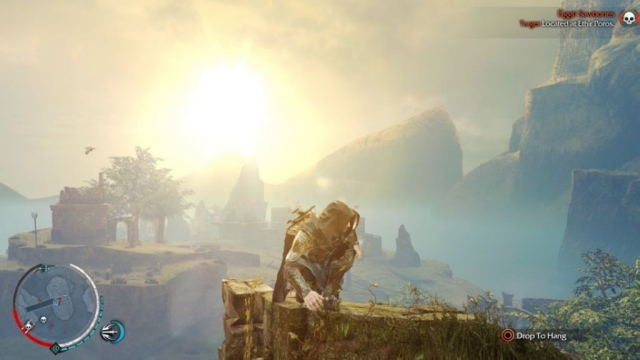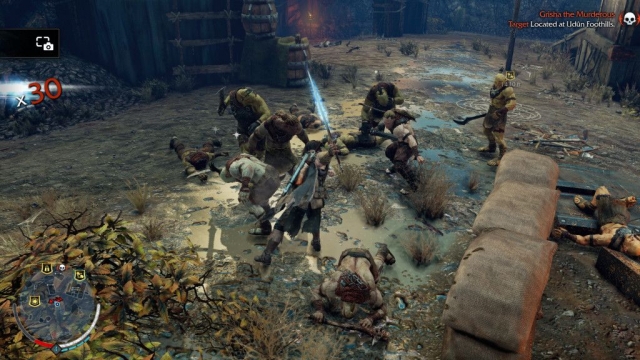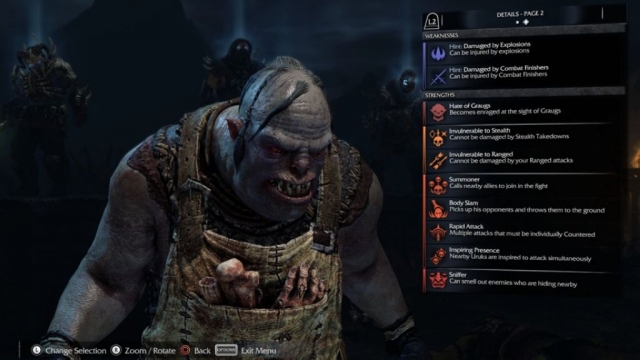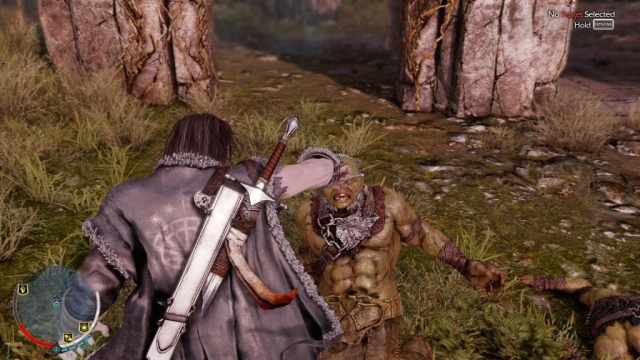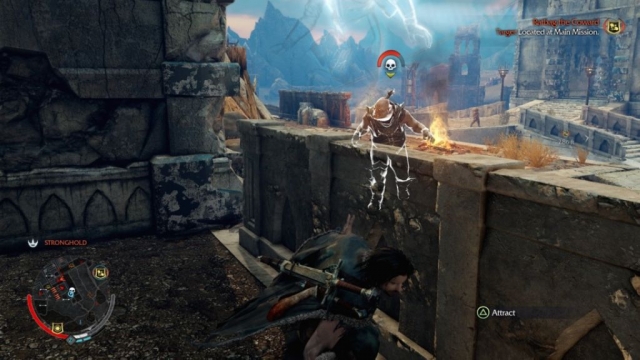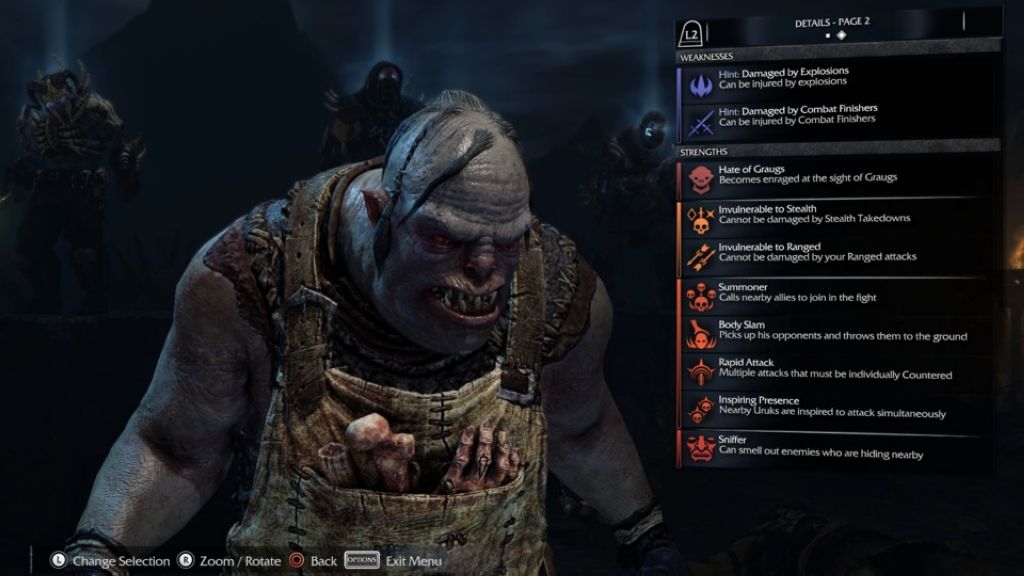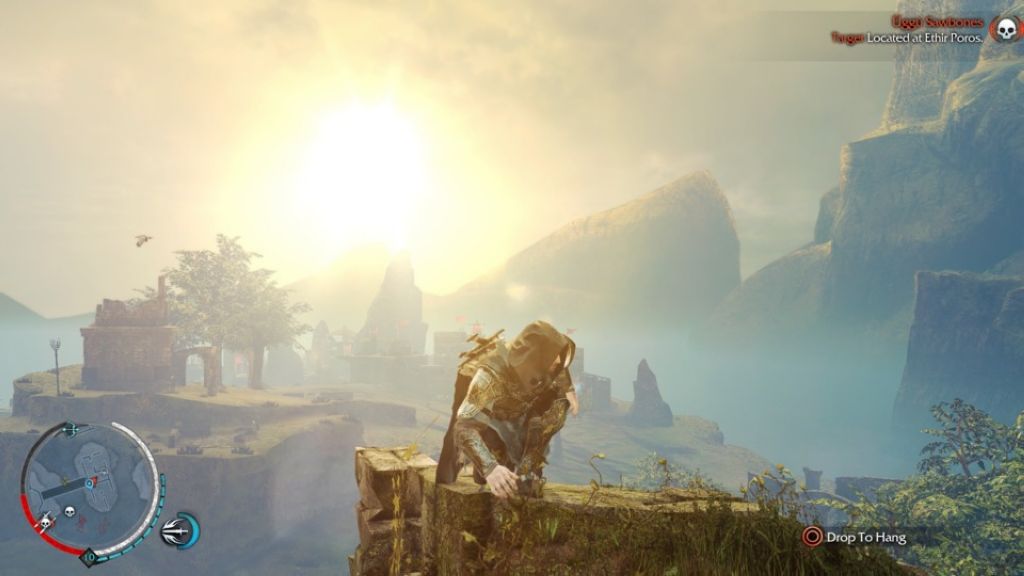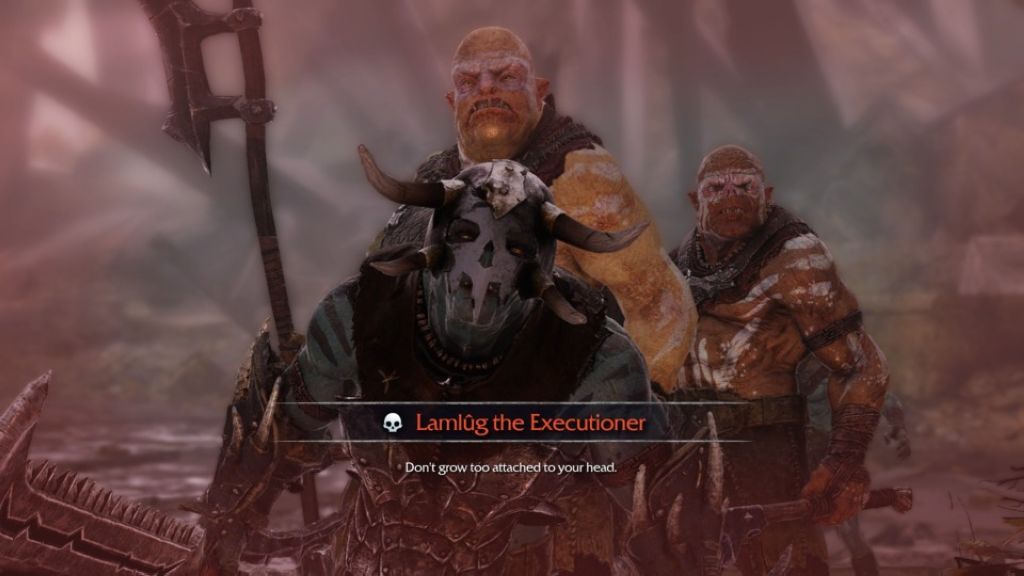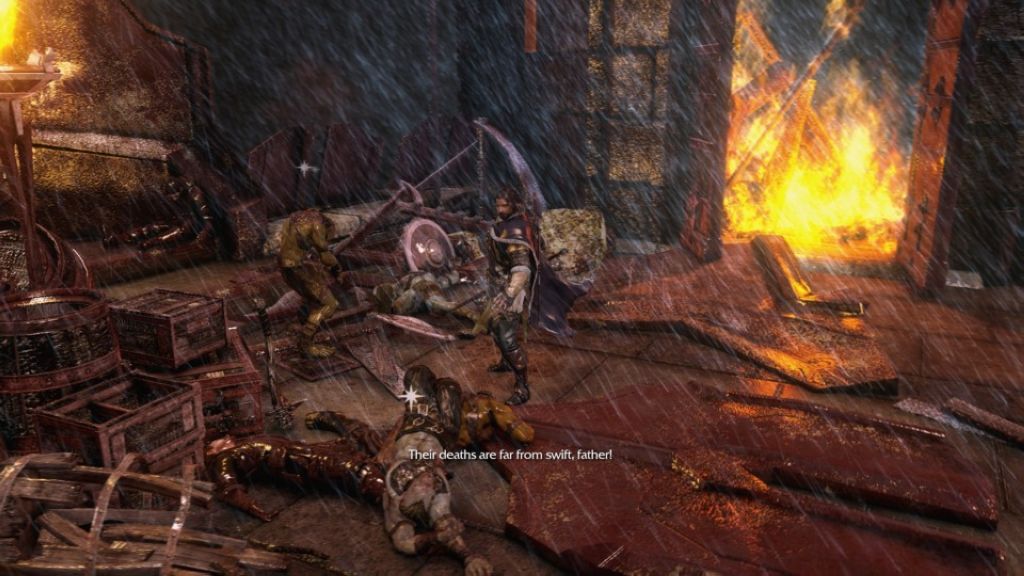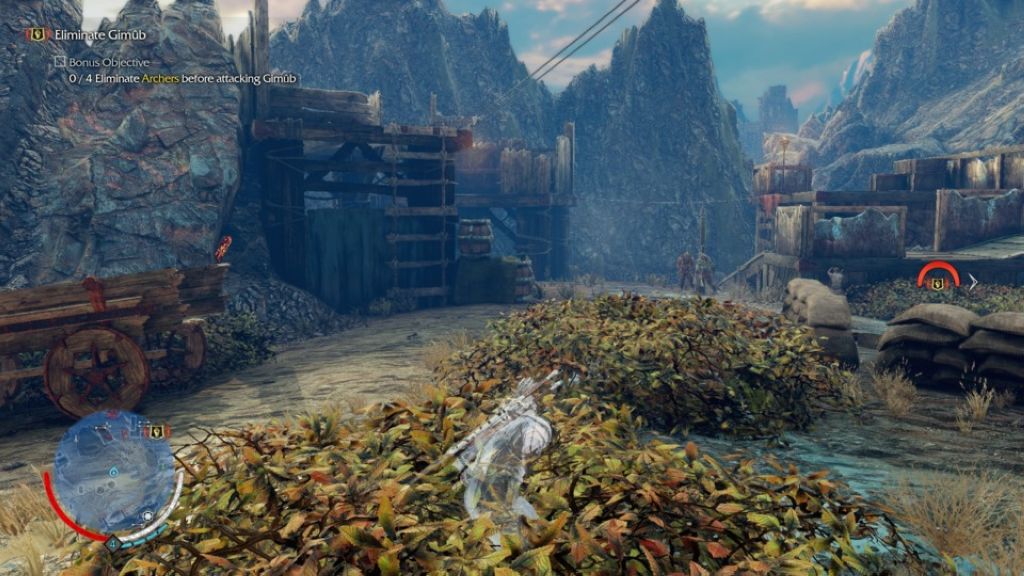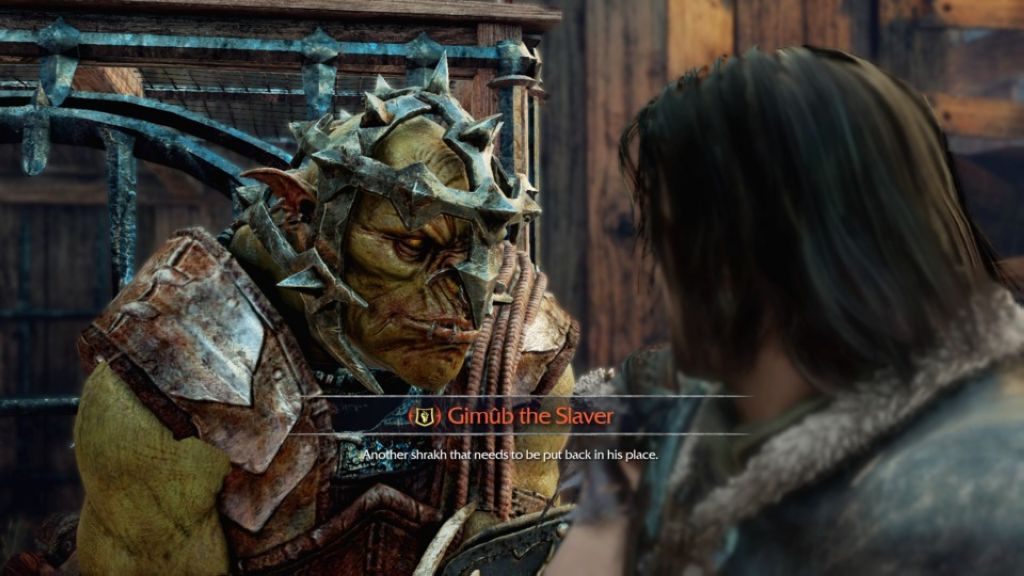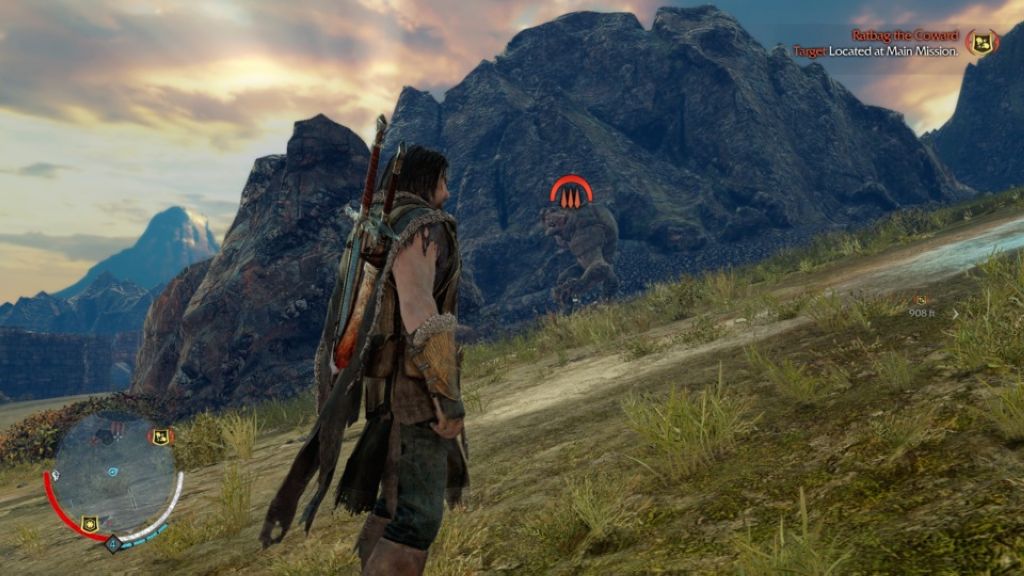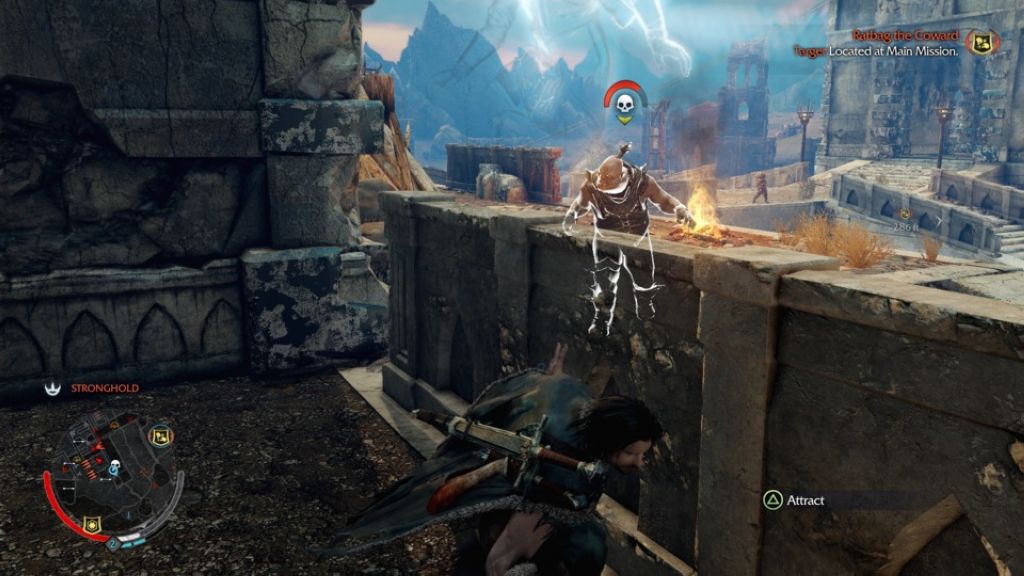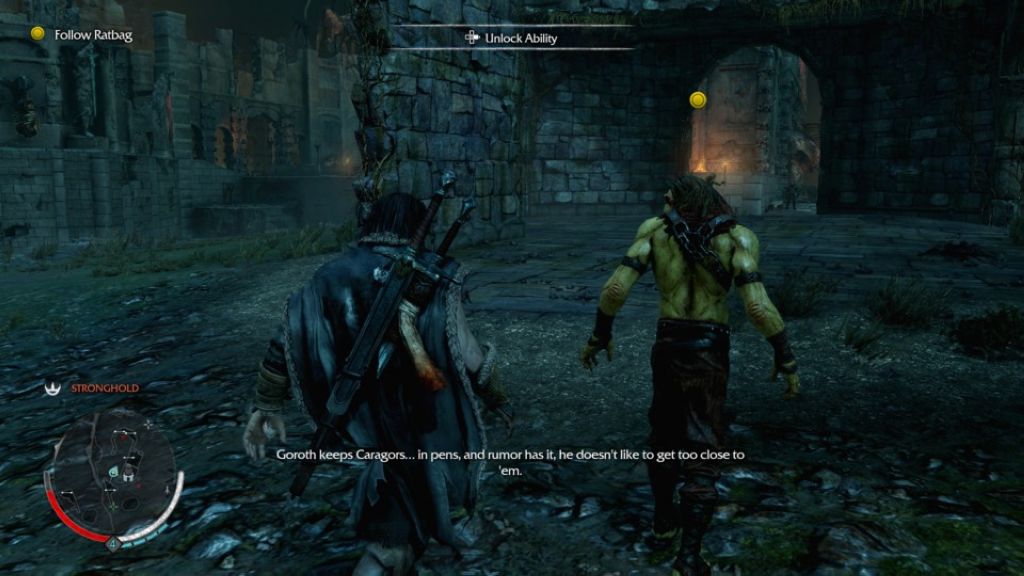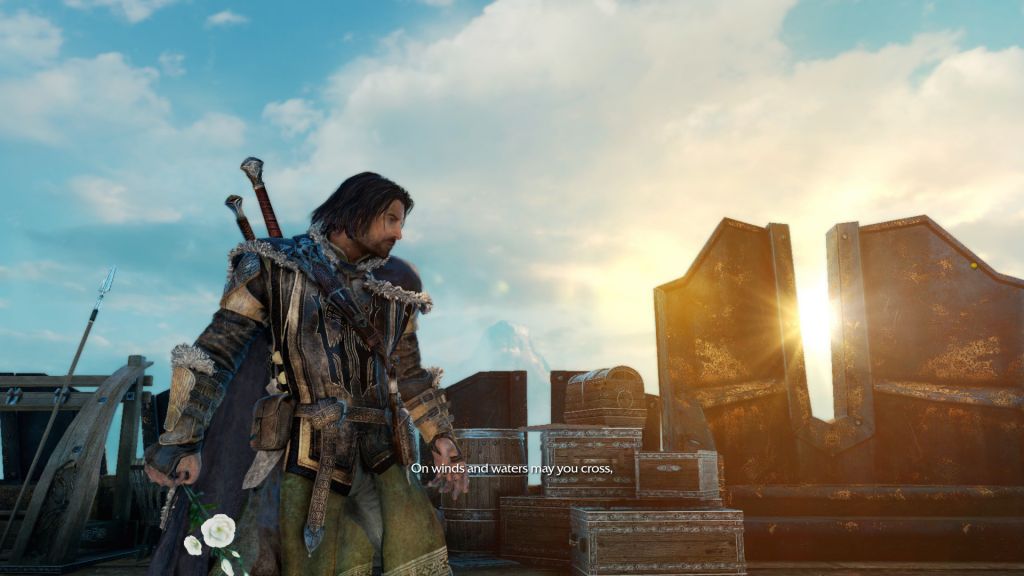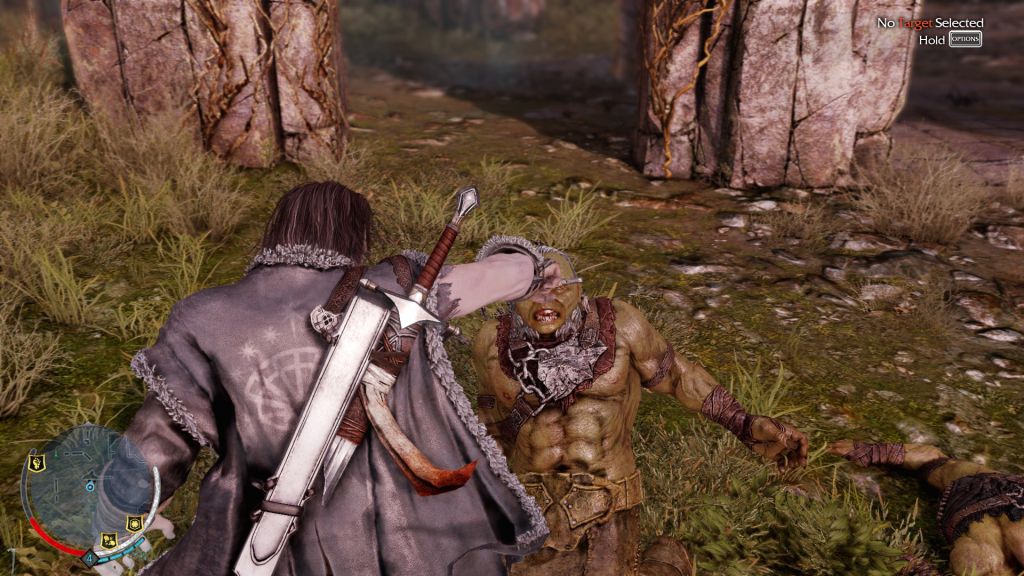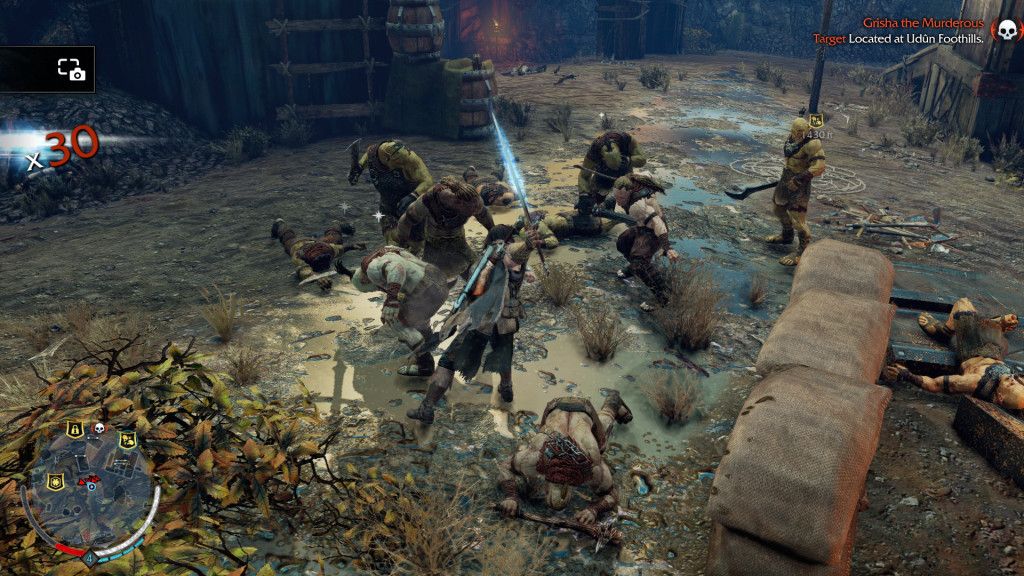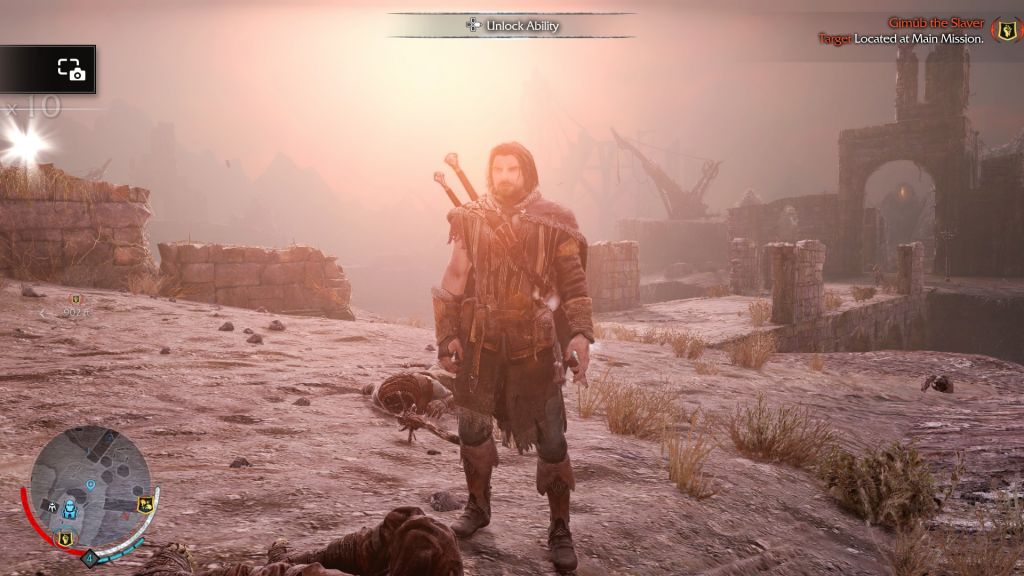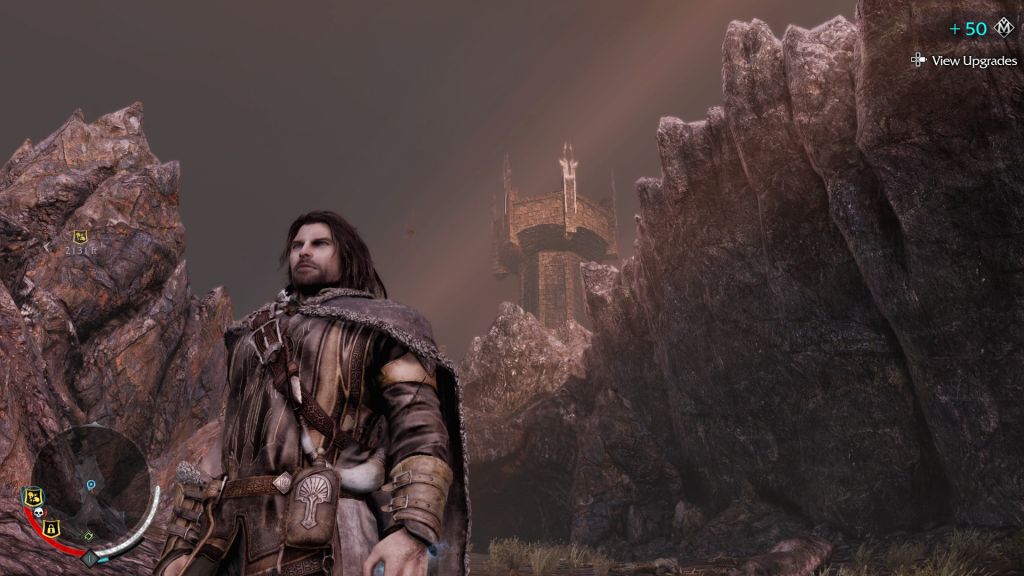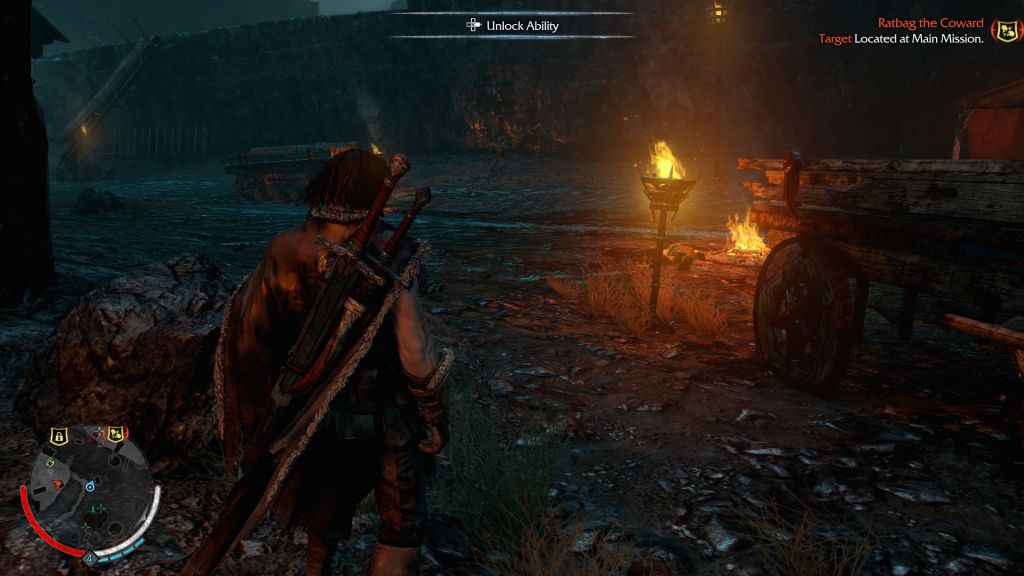Middle-earth: Shadow of Mordor
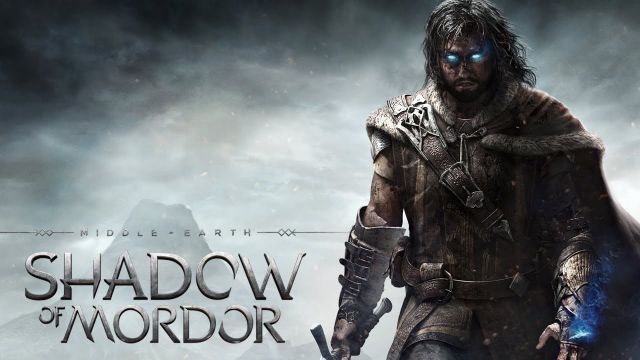
When Talion, one of the last Gondorian Rangers keeping watch at the Black Gate, and his family are brutally executed the night of Sauron’s return to Mordor, he awakens to find himself inhabited by an Elvish Wraith, “banished from death” – trapped between the worlds of light and dark – and bound to the land of Mordor. In order to break the curse and avenge his family, Talion must find and destroy the one who cast it upon him – the Black Hand of Sauron. This is Middle-earth: Shadow of Mordor.
When you first start playing Shadow of Mordor, it’s hard not to make comparisons to the Assassin’s Creed and Batman: Arkham series. And really, is that such a bad thing? The open-world structure and player movement of Assassin’s Creed, paired with the combat mechanics of Batman: Arkham, all set within J.R.R. Tolkien’s Middle-earth? In theory, it sounds like a winning formula. In practice, it results in the best The Lord of the Rings video game to date.
The influences of Assassin’s Creed are evident both in the open-world structure and player movement. The game takes place primarily in Mordor, which is broken up into several districts (The Black Gate, Barrows of Uden, Durthang Keep, etc.). Within each land resides a Forge Tower which, when ascended, reveals the surrounding area – its challenges, missions and collectibles. Where Shadow of Mordor trumps Asssassin’s Creed, though, is that all of its side activities are essential to the development of your character. You collect artifacts so you can acquire Mirian, currency that is used to increase attributes like health, elf-shot and focus, unlock additional Rune slots on your sword, bow or dagger, and purchase immensely powerful weapons. You complete challenges and missions to earn experience points to level up and unlock new Ranger and Wraith abilities. You interfere in Uruk business and defeat their Captains and Warchiefs to gain Runes, earn power, and unlock new tiers of abilities. All of these activities exist for a reason other than for completionist sake.
Navigating Talion is also very similar to Assassin’s Creed, for better and worse. Running and climbing are very smooth and it feels great to string together movement that lets you quickly hide from sight, or gain a height advantage over an enemy. But it can be equally frustrating to try and run away from a bad situation, only to bump into an obstacle and begin ascending it since the ‘run’ and ‘climb’ button are one in the same. Stealth plays a large role in Talion’s adventure, and the game isn’t shy about borrowing mechanics like hiding in bushes and attracting enemies with audio cues.
If you’ve played any of the entries in the Batman: Arkham series, you’ll feel right at home with the combat in Shadow of Mordor. Landing consecutive sword strikes and/or countering and evading attacks without pausing or taking damage will build a hit streak that, when fully charged, will allow Talion to perform executions or unleash a special attack. Much like Batman’s “Detective Mode,” Talion can enter the “Wraith World” in order to single out VIP targets or identify objects in the environment that he can use to his advantage in combat, such as flammable grog barrels, weakened walls or cages housing notoriously hard to tame Caragors.
There are many ways to approach combat as well. You can simply unsheathe your sword and take on a group of Uruks. You can pull out your dagger, hide from sight and eliminate enemies one-by-one. Or you can find a nice high perch to pick-off enemies from long-range using your bow, and clean up whatever scraps are left with your sword afterwards. The combat is fast, fluid, visceral, rewarding, and never gets stale with so many available options, different Runes to equip, and various Ranger and Wraith abilities to use. When you get far enough into the game, you can even brand enemies and have them fight alongside you. Combat would easily be the highlight of Shadow of Mordor if it weren’t for one other feature: the Nemesis System.
The Nemesis System is simply brilliant. Each Uruk in the game is randomly generated so that no two experiences are alike. Every Uruk is given a unique name, appearance, as well as various strengths and weaknesses. There’s a hierarchy to the Uruk society, made up of five Warchiefs and twenty Captains. What makes this system so special is that as you level up, so do the Uruks. Every time you die, the Uruk that defeated you will level up, as will a handful of other Uruk Captains and Warchiefs as they battle each other for power. The Nemesis System remembers player’s actions so when an Uruk Captain defeats you in battle, not only will his Power Rating increase but his strengths and weaknesses will evolve. He may have had a prior fear of caragors, but he’s adapted and now has a hate for caragors and will only fight harder at the sight of one. When you encounter Uruks for a second or third time, they’ll actually brag about having slain you before, or chirp you if you ran away from a previous engagement. These subtle touches not only make the experience that much more personal, it creates dynamic rivalries that are stories in and of themselves. And trust me, some Captains and Warchiefs will have your number over and over again. Your mortality will be exposed, especially early on in the game.
Shadow of Mordor’s biggest weakness is its story, which is set between the events of The Hobbit and The Lord of the Rings. For starters, the game assumes that you’re familiar with its canon. It introduces characters without actually introducing them, so unless you’re knowledgeable about Middle-earth – the people, places and timeline of events so far – you may find yourself referencing the appendices on a regular basis. Second, the story is kind of boring. It’s got a solid hook, but major plot points are few and far between, and that’s due largely to the game’s uneven pacing. Story progression is hindered by repetitive campaign mission design that at one point sees you hunting down five Warchiefs, then later branding five additional Warchiefs; both of which take considerable time to accomplish. The story lacks consistent flow, even for an open-world game, and when it eventually reaches its climax, the final battle with the Black Hand is weak sauce.
Visually, Shadow of Mordor is a very good-looking game. Mordor is a desolate land and that’s represented perfectly both in the choice of color palette and overall landscape. The campaign isn’t just confined to Mordor, though. You’ll also get to visit the Sea of Nurnen, which is slightly more vibrant and lush, though equally as dangerous. The character models are great, highlighted by an amazing assortment of Uruk, both big and small. One of the benefits of the new consoles is the sheer number of enemies on-screen at one time. For this reason, Shadow of Mordor can be quite challenging when, as you’re fighting a Warchief and his followers, a second Warchief or a Captain might arrive with his companions, increasing the enemy total two-fold and the difficulty ten-fold. I like that Monolith chose to respawn enemies infinitely – it gives you the sense that one person cannot stop Sauron – but at the same time spawning enemies behind me, when there’s clearly no place for them to come from, was more than a little frustrating at times. The good news is even with dozens of enemies surrounding you at once, the framerate holds up pretty well. The Wraith effects are excellent and some of the execution animations are truly brutal.
Troy Baker lends his voice talent as Talion, and does an excellent job as always. The rest of the cast is equally on point – including Liam O’Brien’s performance as Gollum, whose voice you could easily mistake for Andy Serkis – though Nolan North doesn’t get nearly enough screen time as the Black Hand. The voice acting for the Uruks is equally good and interestingly, they provide some of the best lines in the game short of Talion’s cowardly companion Ratbag’s comic relief. The music is outstanding, as composed by Garry Schyman, and the sound effects are spot on. Overall, it’s hard not to be impressed with the production values of Shadow of Mordor.
There is no co-op or competitive multiplayer in Shadow of Mordor, but an online component is present. When other players are slain in battle, ‘Vendetta’ missions appear within the open-world that allow you to avenge their death by killing the Uruk that defeated them. Doing so rewards you with a small amount of power towards unlocking new tiers of abilities.
Shadow of Mordor takes the open-world structure and player movement of Asssassin’s Creed, pairs it with the combat mechanics of Batman: Arkham, sets it within J.R.R. Tolkien’s Middle-earth, and tops it off with one of the most innovative gameplay features in a video game this year: the Nemesis System, which is worth the price of admission alone. It’s not without its flaws – the story could have been better focused and the campaign missions less repetitive – but Shadow of Mordor is easily the best video game set in The Lord of the Rings universe to date.
Reviewed By: Stephen Riach
Publisher: Warner Bros. Interactive Entertainment
Rating: 88%
——————————————————————————–
This review is based on a retail copy of Middle-earth: Shadow of Mordor for the PlayStation 4 provided by Warner Bros. Interactive Entertainment.
 Game Over Online
Game Over Online